Tales from the jar side: GIDS, Groovy Baseball, custom GPTs, AI hype, Groq, and the usual tweets and toots
What should you do if you're addicted to seaweed? Sea kelp. (rimshot)
Welcome, fellow jarheads, to Tales from the jar side, the Kousen IT newsletter, for the week of April 14 - 21, 2024. This week I taught the week at the Great International Developer Summit in Bangalore, India.
Regular readers of, listeners to, and video viewers of this newsletter are affectionately known as jarheads, and are far more intelligent, sophisticated, and attractive than the average newsletter reader or listener or viewer. If you wish to become a jarhead, please subscribe using this button:
As a reminder, when this message is truncated in email, click on the title to open it in a browser tab formatted properly for both the web and mobile.
GIDS
I spent the week at the Great International Developer Summit in Bangalore, India. I really enjoyed my time there. I got to see lots of friends, and make a few new ones.
Let me start with one photo:
That’s me and my friend Venkat Subramaniam framing the awesome Rebecca Parsons from Thoughtworks. I’ve known about Rebecca for many years, but I finally got to meet her at the conference. They say you shouldn’t meet your heroes (Venkat doesn’t count), but fortunately she was every bit as charming as I’d heard. As frequent readers of this newsletter may recall, I mentioned her in last week’s edition as the author of the blog post Macro Trends in the Tech Industry, which I’ve been recommending to everybody. She is, of course, much more than that. For example, she basically IS the heart and soul of the Technology Radar from Thoughtworks, which is the definitive product in that area.
Another person I met was Ari Kaplan, which was a name I knew was familiar but couldn’t quite place.
His LinkedIn profile lists him as Head of Evangelism at Databricks, but that didn’t mean anything to me. As it turns out, he’s one of the original practitioners of what we call sabermetrics, or the application of statistical thinking to baseball performance. He’s worked with many Major League Baseball teams, is a former president of the Independent Oracle Users Group, and much more. Just to give you a tiny bit of perspective:
The character Peter Brand (played by Jonah Hill — the nerd that worked for Brad Pitt — in the movie Moneyball) was based on a couple of people, one of whom was Ari Kaplan.
He was a recipient of Cal Tech’s Alumni of the Decade awards for his contributions to sabermetrics, including mechanisms to evaluate pitcher talent, reliever effectiveness, and much more.
While on the staff of the Montreal Expos in 1995, he strongly recommended they draft an athletic catcher from Michigan in the 18th round, who sadly turned them down, but went on to have a pretty good career in a different sport.
Among many other things, he helped write the book Baseball Hacks: Tips & Tools for Analyzing and Winning with Statistics, published by O’Reilly Media back in 2006. That book was a big deal for me, because while I didn’t use much of it (it’s mostly Perl, Excel, and MySQL queries), one of the earliest chapters contained a link where you could download the previous day’s boxscores in XML (!) format for free. I grabbed that, and one of the first examples in my book Making Java Groovy is called Groovy Baseball, which downloads that information and creates a Google Map showing the results of each game based in the home team’s stadium.
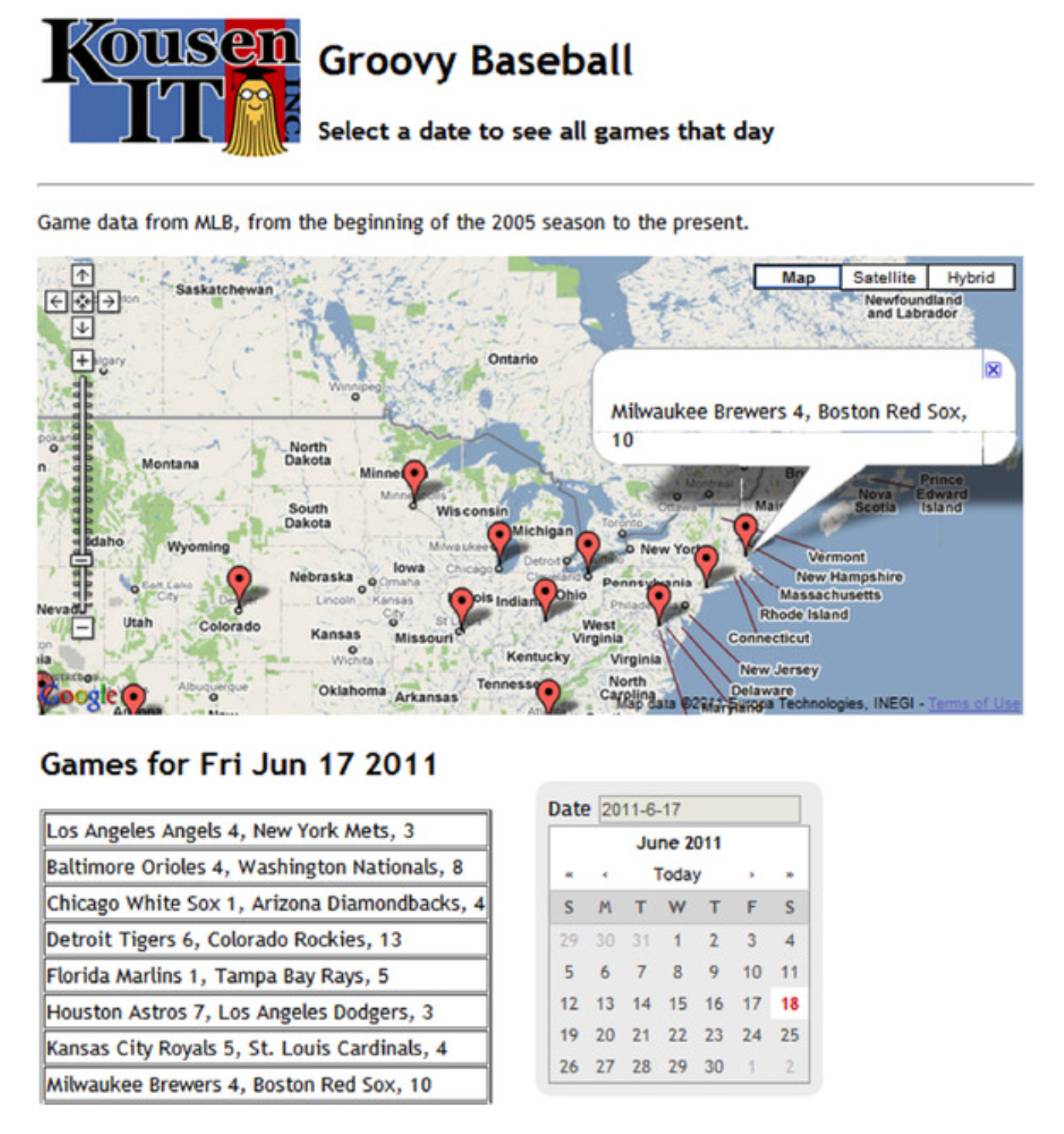
(BTW, I just tried accessing the site I used at MLB, and got “Access denied”. Not terribly surprising. There’s probably a work-around, but I didn’t go looking for it.)
I’ve been following baseball writers since the early 2000’s, but I enjoy reading their conclusions much more than doing the actual analysis, which is too much like actual work. I still subscribe to a handful of baseball-related publications (for example, I’m a Lifetime Subscriber to Joe Sheehan’s newsletter), but I’ve never gotten to meet an actual sabermetrician in person. I really enjoyed getting to know Ari and talking to him about many different topics.
Other observations from the conference
I was going to summarize my talks here, but that would probably get long and boring. Instead, I’ll just mention a few items.
My GIDSBot, the custom GPT I created for the conference, went over pretty well. I didn’t push the link very much, so I don’t know how many people accessed it, but I did want to share a couple of related slides from my talk:
I forgot to mention that there are roughly 3 million custom GPTs already available, so good luck standing out.
Instead, I offered this:
I’ll be writing more about those issues, and related topics, in the future.
My Managing Your AI-Driven Manager talk came together much better once I realized I needed to focus much more on the managing your manager part and less on the AI-driven part. Based on the responses from the attendees, it went well, even if the responses to the jokes were understandably mixed. :) I emphasized the need to build a relationship with your boss based on constructive loyalty, keeping in mind that loyalty to a manager isn’t anything like loyalty to a family member or even a friend. I reminded people that in business unlike in school, “a good answer today is much, much better than a great answer next week.”
As for the AI part, I talked about it in the context of the Gartner Hype Cycle:
It’s debatable where we are in AI right now, but it’s probably near the Peak of Inflated Expectations. React accordingly.
Apparently LinkedIn has become the definitive tool for connecting to others at conferences. In previous years attendees might have asked for my Twitter address, but now everyone wanted to connect on LinkedIn. I gained a lot of followers, which I must admit I enjoyed.
On my Tales from the jar side YouTube channel, here’s the geographic breakdown of my viewers:
As you can see, India is a close second to the US. I’ve always felt that I resonated with Indian developers, and this conference was no exception.
I have to admit I did NOT release a new video this week. (Hangs head in shame.) I tried to record the newsletter video on Monday before the conference started, but either due to jet lag or basic incompetence, I recorded the wrong screen and couldn’t face doing it over. I’ll get back to my regular schedule this week, hopefully.
Finally, Mary Grygleski took this photo at dinner (or maybe breakfast; it’s hard to tell and I’m still figuring out timezones):
That’s Mary holding the phone. On the left side of the table are me, Dan Hinojosa, Scott Davis, and Michael Carducci. Opposite Dan is Ari Kaplan. Then there’s a speaker I met but whose name I don’t remember (sorry), and finally Kito Mann hidden in the back.
A good time was had by all.
Groq
At the conference, one of the other speakers suggested I take a look at Groq, which provides a cloud-based front-end on many popular open source LLMs. Why would you want to use it? Speed, pure and simple. For the LLMs they support (Llama3, Mixtral, and Gemma), I access them locally on my own machine using Ollama. The benefit of Groq is that it uses the same API as OpenAI, so all my existing code works, hosts the LLMs in the cloud which I don’t have to set up at all, and responds very, very quickly.
For me, that means the same code I normally use to access ChatGPT can be used to access the 70b parameter Llama3 model, and it will respond very quickly without using up my own resources.
For example, here’s my test that uses all three engines:
As expected, all three failed. Llama 3 got the word lengths right but added them wrong. So did Mixtral. Gemma got a few of the word lengths wrong.
The thing is, the entire test with all three engines completed in just under 3 seconds, start to finish. Sweet. So far everything is free, too. Eventually they’ll start charging, at which point I’ll probably stop using it, but for the moment it’s a quick and easy way to try out questions on all three models.
Tweets and Toots
Self Help
Well, maybe some need to panic.
It’s a puzzlement
That one is for my wife, the Puzzle Queen. I’m not sure what she’ll make of it, but I’m sure she’ll laugh.
Preferred means of contacting me
That was in response to a post that listed “preferred means of contacting me, in order,” that ended in a phone call. Somebody really does not like Microsoft Teams. I get that.
Voyager 1, phone home
Amen, brother. In case you missed, it the Voyager team at NASA accomplished a Herculean feat of remote debugging. The tiny spacecraft, launched back in 1997, was failing. The team managed to isolate the problem to a single chip in memory, and managed to route all communications around it, so the ship is returning data again.
This was all done at a tiny bit rate to reach a spacecraft that is so far away it took 22 hours for messages from NASA to reach it, and of course another 22 hour to get a response. The ship is about 15 billion miles away in interstellar space, and is currently traveling away from us at about 38,000 mph.
And here I adopted Groq because I got tired of waiting for Llama3 to load on my local machine.
Sparkling zip files
I did once have a Java developer from Java (more specifically, the Jakarta area) in one of my training courses. That was pretty cool.
In case you don’t recognize the meme, it’s based on the idea that legally only wines from the Champagne region of France are named “Champagne,” while all others are just sparkling wine.
Others in the same theme:
or this:
or this:
or even this meta version:
There’s more, but you get the idea. Wait, one last one:
But was Champagne the monster all along?
Exercise
Rather like Iocaine powder, right?
Have a great week, everybody!
The video version of this newsletter will be on the Tales from the jar side YouTube channel tomorrow, I hope.
Last week:
Way too many talks at GIDS.
My regular course on Large-Scale and Open Source Computing at Trinity College (Hartford), online from Bangalore at 4am in the morning. The students were very patient with me.
This week:
Reactive Spring, on the O’Reilly Learning Platform
NFJS Boston, in Wakefield, MA, this Friday and Saturday.


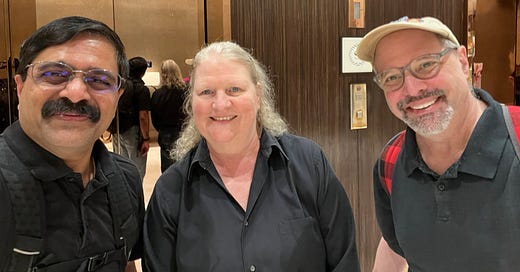



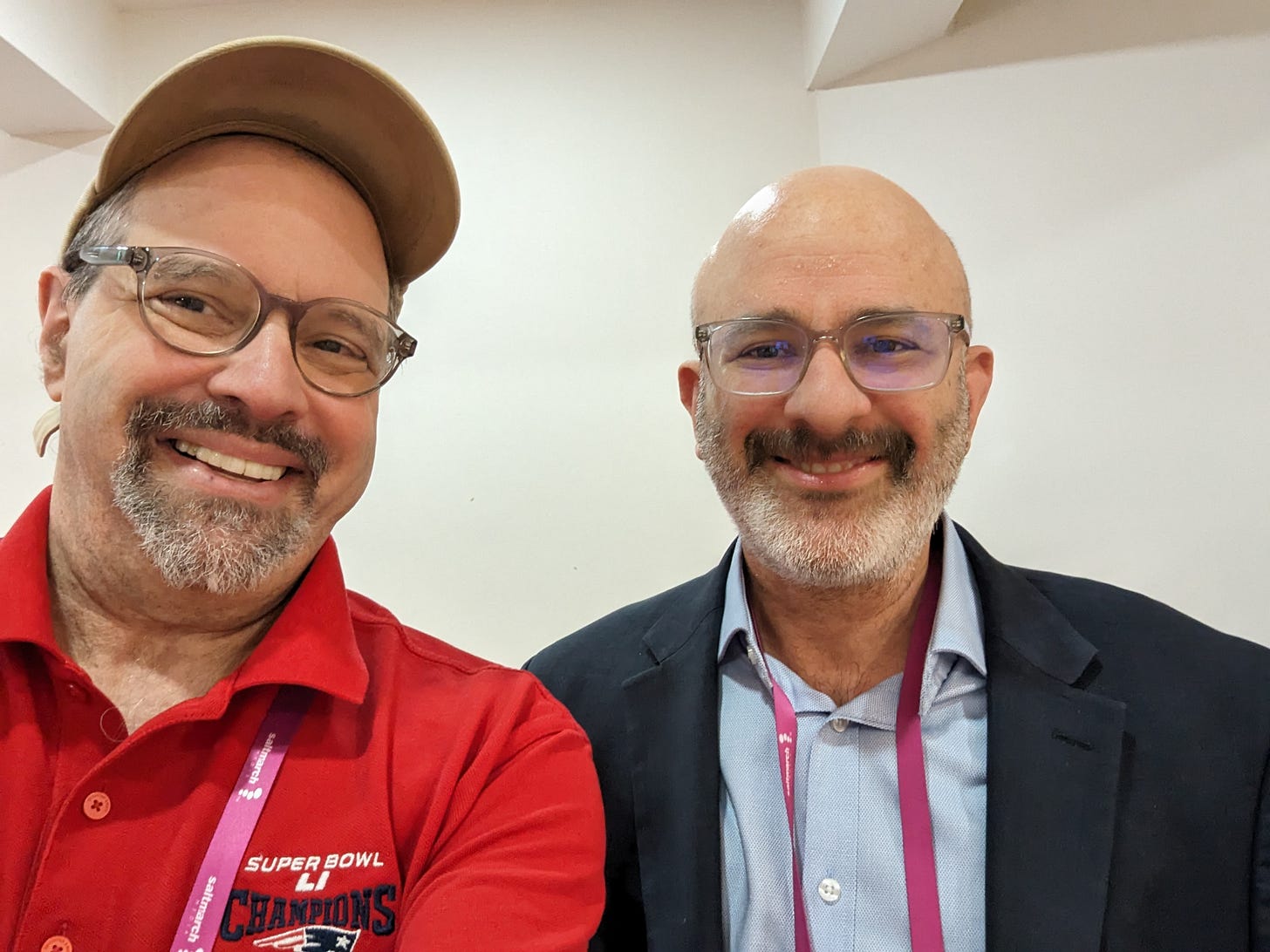
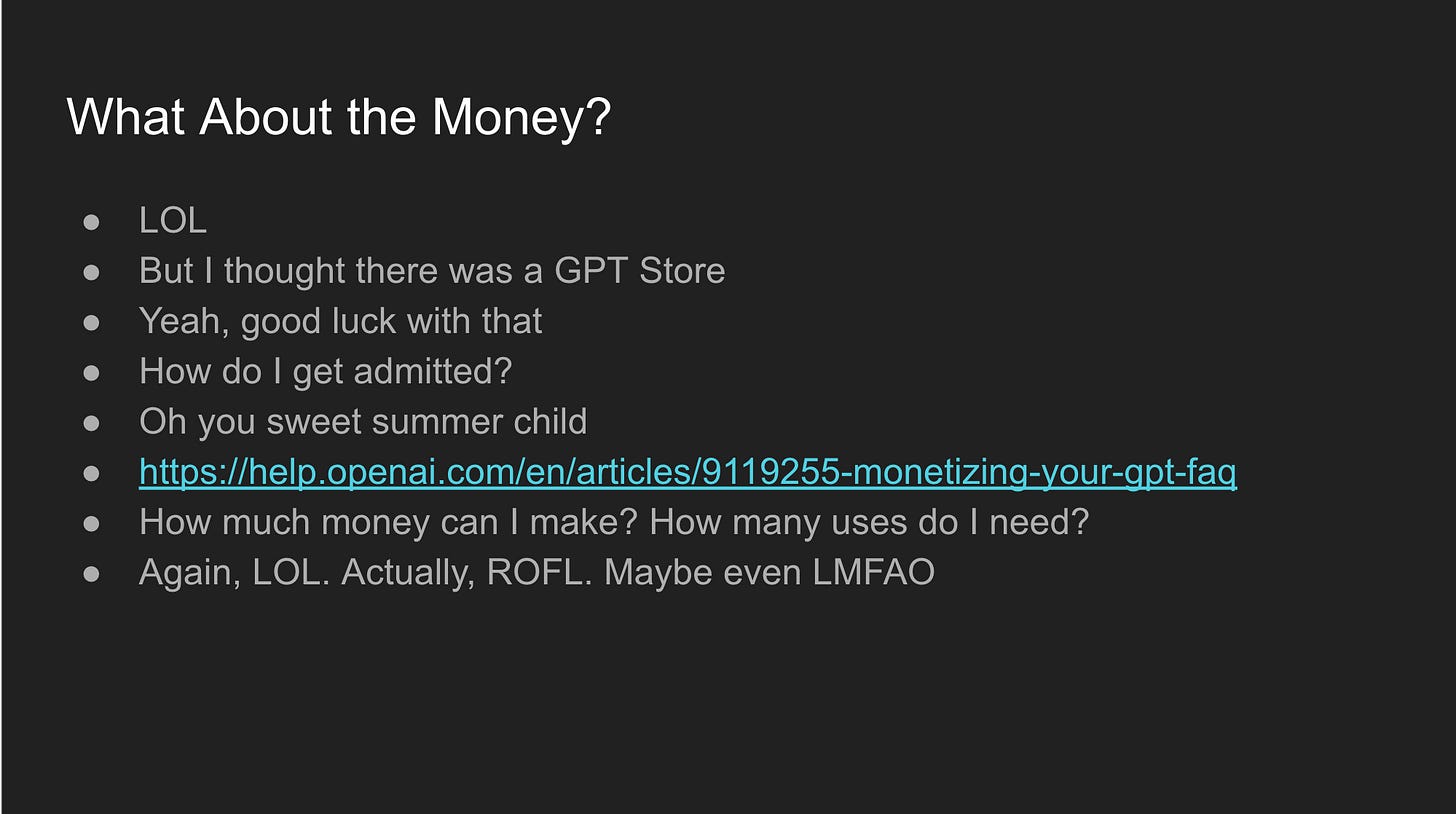


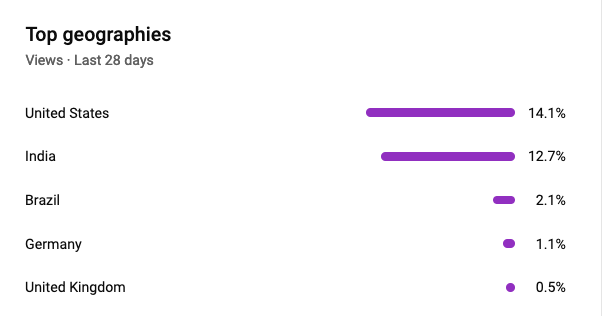








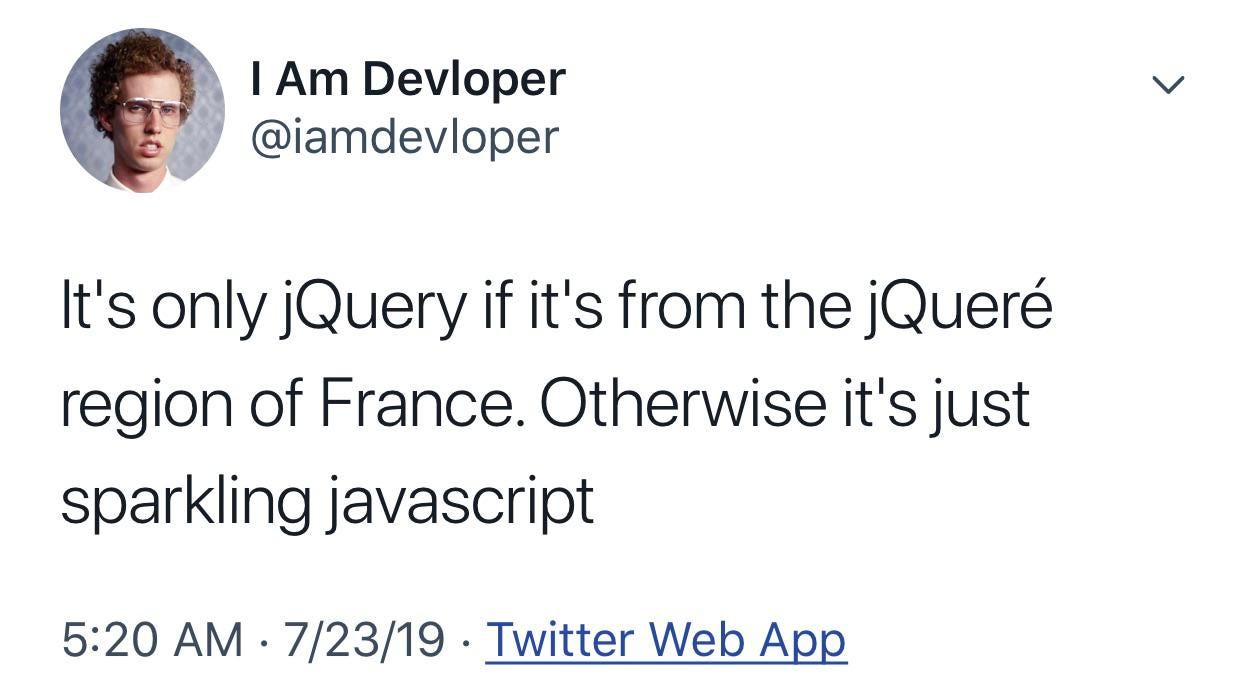
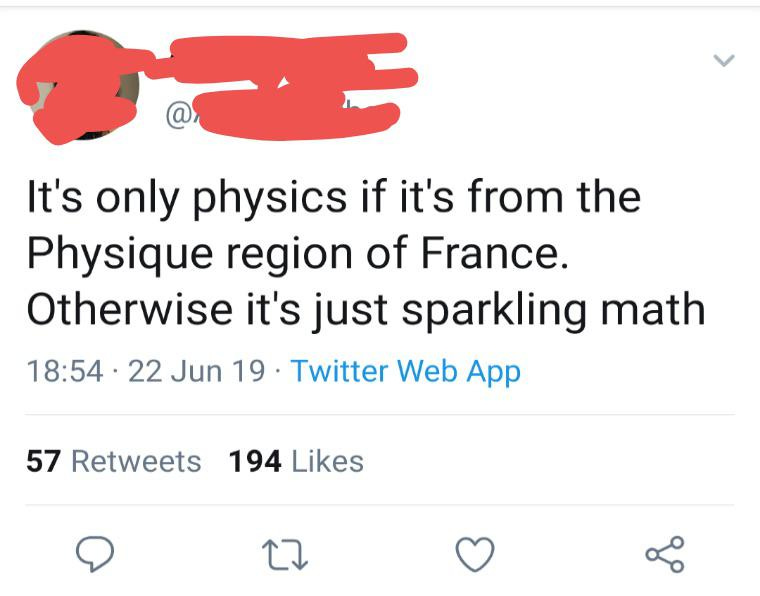



The unidentified person in the dinner photo is Ivar Grimstad. Thanks to Heinz Kabutz for the info :)